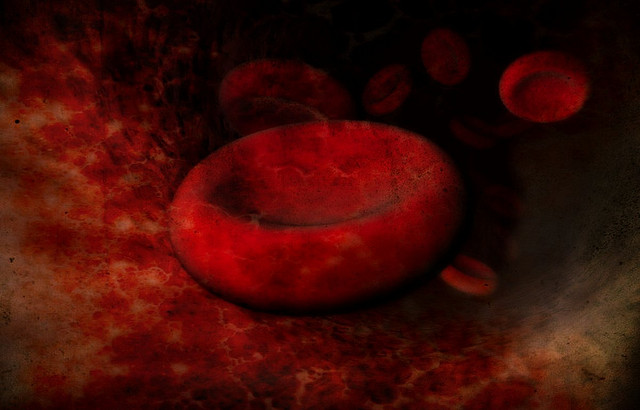New Scientist
Image: Andrew Mason
Artificial blood will soon be tested in the UK for the first time. New Scientist takes a look at how – and why – this blood is made.
What is artificial blood?
Blood substitutes aim to replicate one particular job of real blood: supplying oxygen to tissues. In other words, the goal is to find an alternative to oxygen-carrying red blood cells that could be used for transfusions. Today, the UK National Health Service announced it plans to start transfusing people with artificial blood by 2017 – the first clinical trials of this kind anywhere in the world.
Are there many different types?
More than you might think. Some researchers are working on blood substitutes based on the haemoglobin molecule that binds oxygen in red blood cells. One such product – Hemopure – is based on bovine haemoglobin, and was approved for human use in South Africa back in 2001. It is currently undergoing clinical trials in the US to help treat life-threatening anaemia.
Others are investigating whether it’s possible to make entirely synthetic substitutes based on oxygen-carrying molecules like perfluorocarbons. But the version the NHS will trial is based around real red blood cells that were generated in the lab. Read more on newscientist.com…








